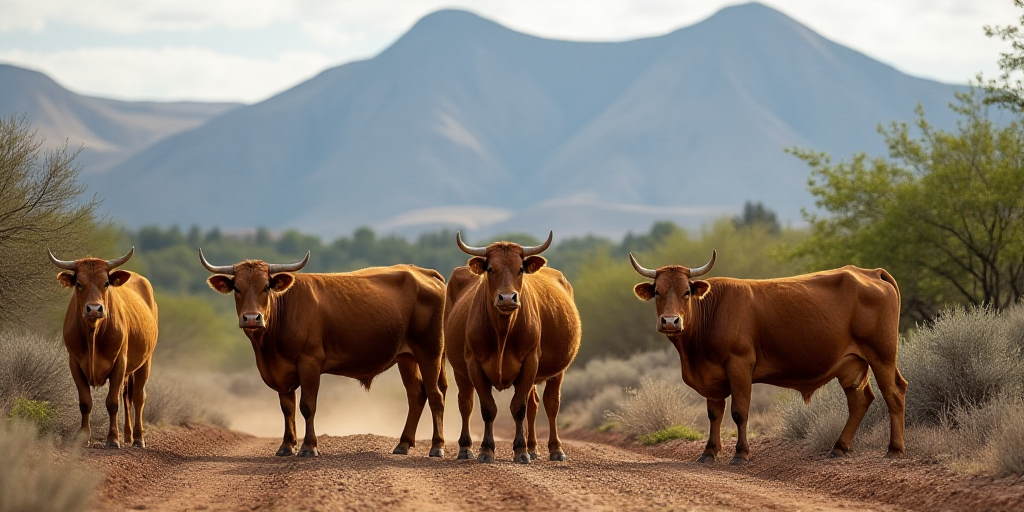Background on the Screwworm Fly and its Impact
The screwworm fly, scientifically known as Cochliomyia hominivorax, is a significant agricultural pest that poses a threat to livestock and wildlife. Native to the Americas, this fly lays its eggs on open wounds or in body cavities of living animals, causing extensive tissue damage and potentially death. The eradication of the screwworm fly from the Americas was achieved through a successful international program in the mid-20th century, but occasional outbreaks still occur.
Collaboration Between Senasica and USDA
Senasica, the Mexican agency responsible for animal and plant health safety, has partnered with the United States Department of Agriculture (USDA) to establish a trap system for detecting screwworm flies. This collaboration aims to prevent the spread of the fly across North America, ensuring the safety of livestock and wildlife.
Recent Detection in Mexico
On September 22, the USDA reported a case of screwworm fly infestation in an 8-month-old cow that had been transported from southern Mexico. Senasica confirmed the detection through a protocol established in collaboration with the US government.
Implementation of Double Inspection System
In response to this recent case, Senasica has implemented a double inspection system for livestock destined for northern Mexico. This system involves using traps to detect screwworm flies, ensuring that infected animals do not cross borders and spread the pest.
Key Actions and Ideas
- Collaboration:Senasica and USDA are working together to monitor and control the screwworm fly population.
- Recent Detection:A case of screwworm infestation was found in an 8-month-old cow from southern Mexico.
- Double Inspection System:Senasica has established a system of double inspections for livestock heading to northern Mexico, using traps to detect screwworm flies.
Key Questions and Answers
- Q: Who are Senasica and USDA, and why is their collaboration important?
A: Senasica is the Mexican agency responsible for animal and plant health safety, while USDA oversees agriculture in the United States. Their collaboration is crucial for preventing the spread of screwworm flies across North America, safeguarding livestock and wildlife. - Q: What is the screwworm fly, and why is it a concern?
A: The screwworm fly (Cochliomyia hominivorax) is a significant agricultural pest that poses a threat to livestock and wildlife by laying eggs on open wounds or in body cavities, causing extensive tissue damage. - Q: How does the double inspection system work?
A: The double inspection system involves using traps to detect screwworm flies in livestock before they cross borders, ensuring that infected animals do not spread the pest.






